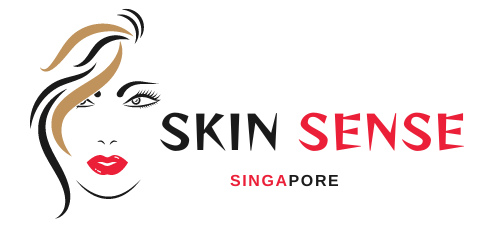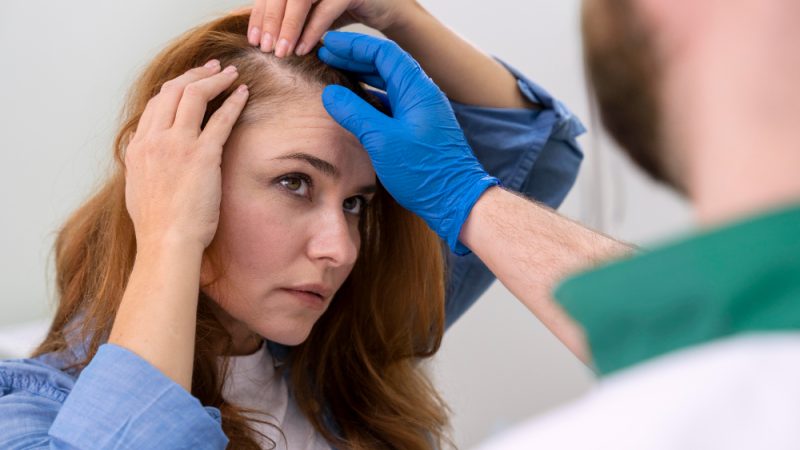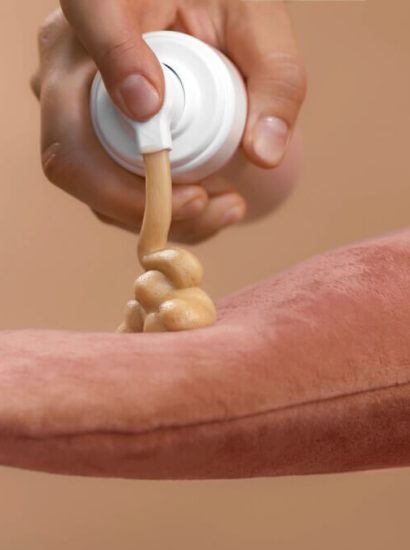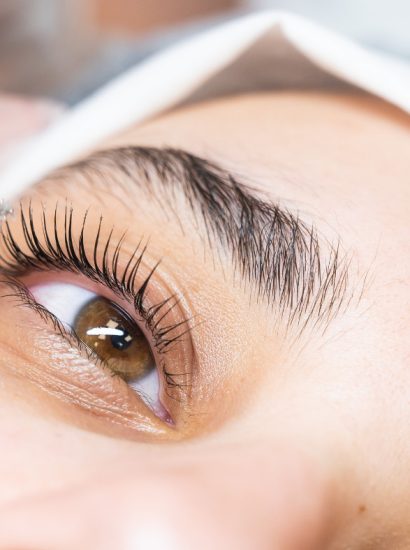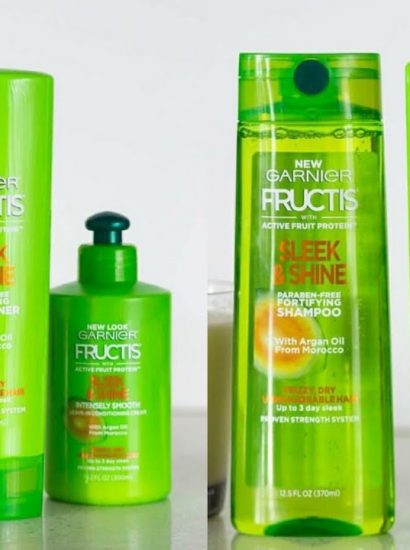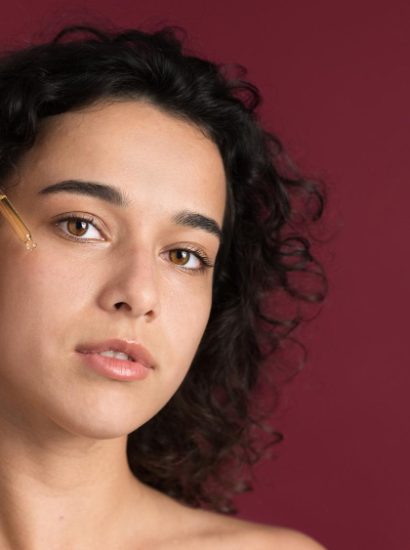Hair loss is a common concern for both men and women, Scalp Treatment for Hair Loss and while many people focus on products like serums, shampoos, or supplements, they often overlook one critical factor: the scalp. Your scalp is the foundation of your hair health, and neglecting it can result in thinning, breakage, and even long-term hair loss. That’s where scalp treatments come in.
In this article, we’ll explore the 5 key signs that indicate it’s time to begin a scalp treatment for hair loss, the science behind scalp health, and how to start caring for your scalp effectively.
1. You’re Noticing Excessive Hair Shedding
If you’re finding more hair than usual on your pillow, shower drain, or hairbrush, this is one of the first red flags. While shedding around 50–100 hairs a day is normal, anything more may indicate a deeper issue with your scalp or follicles.
What causes excessive shedding?
Poor scalp circulation
Clogged follicles
Inflammation or buildup
How scalp treatment helps:
Regular treatments—such as exfoliating scrubs, serums with peptides, or microneedling—can revive follicles, clear debris, and improve nutrient absorption to help curb shedding.
2. Your Scalp Feels Itchy, Dry, or Flaky
An unhealthy scalp often shows visible signs like dryness, flaking, or persistent itchiness. These symptoms could indicate seborrheic dermatitis, dandruff, or a compromised scalp barrier—all of which can interfere with healthy hair growth.
Why this matters:
Dry skin limits follicle function
Flakes clog pores and slow growth
Scratching can damage the scalp surface
Scalp treatment solution:
Look for hydrating and soothing ingredients such as tea tree oil, salicylic acid, or aloe vera. Professional scalp detox treatments or medicated serums can also restore the scalp microbiome and reduce inflammation.
3. Thinning Hair at the Crown or Temples
Thinning in specific areas like the crown or temples may be an early sign of androgenetic alopecia (genetic hair loss) or poor scalp health. These areas are particularly sensitive to hormonal changes and clogged follicles.
What’s happening beneath the surface:
DHT hormone buildup causes follicle shrinkage
Poor oxygen supply leads to weaker strands
Scalp tension limits growth activity
Treatment benefits:
A scalp massage treatment or caffeine-based topical serum can stimulate blood flow, support follicle health, and slow the progression of thinning. Early intervention is key.
4. You Use a Lot of Styling Products
If you frequently use dry shampoos, hair sprays, gels, or waxes, you might be clogging your follicles without realizing it. Over time, product residue accumulates on the scalp, creating a barrier that suffocates hair follicles.
Why this leads to hair loss:
Buildup traps oil and dead skin
Blocks hair from growing properly
May increase inflammation and scalp acne
Scalp treatment to the rescue:
Weekly scalp detox treatments or clarifying shampoos containing charcoal or glycolic acid can eliminate residue. A clean scalp allows treatments and nutrients to penetrate more effectively.
5. You’re Experiencing Stress-Related Hair Loss
Chronic stress can lead to telogen effluvium, a condition where hair prematurely enters the resting phase and begins to fall out. While the hair usually regrows once stress levels drop, the scalp often needs support during this transition.
How stress affects the scalp:
Reduces blood flow to hair follicles
Triggers inflammation and hormone imbalance
Weakens hair strand anchoring
How a scalp treatment helps:
Scalp treatments that include adaptogens, peptides, and niacinamide can soothe inflammation and create an ideal environment for regrowth, even during stressful periods.
6. Understanding the Role of the Scalp in Hair Growth
The scalp is not just skin with hair—it’s a living, breathing ecosystem of glands, blood vessels, and follicles. Healthy hair requires:
Clean follicles
Balanced sebum levels
Strong blood circulation
Scalp treatments address all three, making them a smart preventative and corrective solution for hair loss.
7. Types of Scalp Treatments to Consider
There isn’t a one-size-fits-all treatment. Depending on your needs, here are some types to consider:
a. Exfoliating Treatments
Remove buildup and dead skin cells
Ideal for oily or flaky scalps
b. Hydrating Serums
Replenish moisture
Great for dry or irritated scalps
c. Growth Stimulating Treatments
Include ingredients like biotin, caffeine, or minoxidil
Ideal for active hair regrowth
d. In-Clinic Options
Microneedling
LED light therapy
Scalp massages with essential oils
8. What Ingredients to Look For in Scalp Treatments
Choose products with clinically backed ingredients:
| Ingredient | Benefit |
| | – |
| Salicylic Acid | Exfoliates and unclogs follicles |
| Tea Tree Oil | Antibacterial and antifungal |
| Peppermint Oil | Stimulates circulation |
| Caffeine | Encourages growth by energizing roots |
| Niacinamide | Soothes and strengthens the scalp |
| Hyaluronic Acid | Deep hydration |
These ingredients target the root causes of hair loss while being gentle on the scalp.
9. How to Incorporate Scalp Treatments Into Your Routine
It’s easier than you think. Here’s a simple weekly plan:
1–2 times/week: Exfoliating scalp scrub or detox shampoo
Daily or every other day: Nourishing serum or leave-in tonic
Weekly: Scalp massage with essential oils or growth treatments
Monthly (optional): Professional treatment like microneedling or LED therapy
Stay consistent for 8–12 weeks to see visible improvements.
10. When to See a Dermatologist
If you’ve tried over-the-counter scalp treatments and see no improvement in 3 months, it’s time to consult a dermatologist or trichologist. Signs that require medical advice include:
Sudden patchy bald spots
Itching and inflammation that worsens
Scalp pain or infection
Family history of genetic hair loss
A scalp specialist can help rule out underlying issues and recommend targeted therapies, such as prescription topicals, hormone treatments, or PRP (Platelet-Rich Plasma) therapy.
Conclusion: Don’t Wait for Hair Loss to Worsen
Hair loss can be distressing, but it’s often reversible—especially when caught early. Your scalp is the starting point of healthy hair, and ignoring its condition can lead to long-term damage. Whether you’re shedding more hair, noticing thinning, or dealing with scalp discomfort, it’s time to take action.
By starting a scalp treatment for hair loss tailored to your specific symptoms, you’re investing not just in your hair, but in your long-term confidence. With the right care, your scalp can become the healthy, fertile ground your hair needs to thrive.
FAQs
1. How long does it take for a scalp treatment to show results?
Most people see noticeable improvements in 8 to 12 weeks with consistent treatment. However, this may vary based on the underlying cause and the type of treatment used.
2. Can scalp treatments be used with other hair products?
Yes, but be cautious. Avoid heavy styling products immediately after treatment. Let your scalp absorb nutrients before applying heat or sprays.
3. Are scalp treatments safe for color-treated hair?
Many are, especially those designed for sensitive scalps. Look for color-safe and sulfate-free formulas to avoid stripping dye.
4. How often should I get professional scalp treatments?
Monthly treatments are ideal, but frequency can vary. A professional can assess your scalp and recommend a personalized schedule.
5. Can I use home remedies like oils for scalp treatment?
Yes. Coconut oil, castor oil, and rosemary oil are commonly used. However, always patch test first, and consult a dermatologist for severe conditions.
Also read : Aqua Peel Facial: 10 Reasons It’s Perfect for Sensitive Skin
